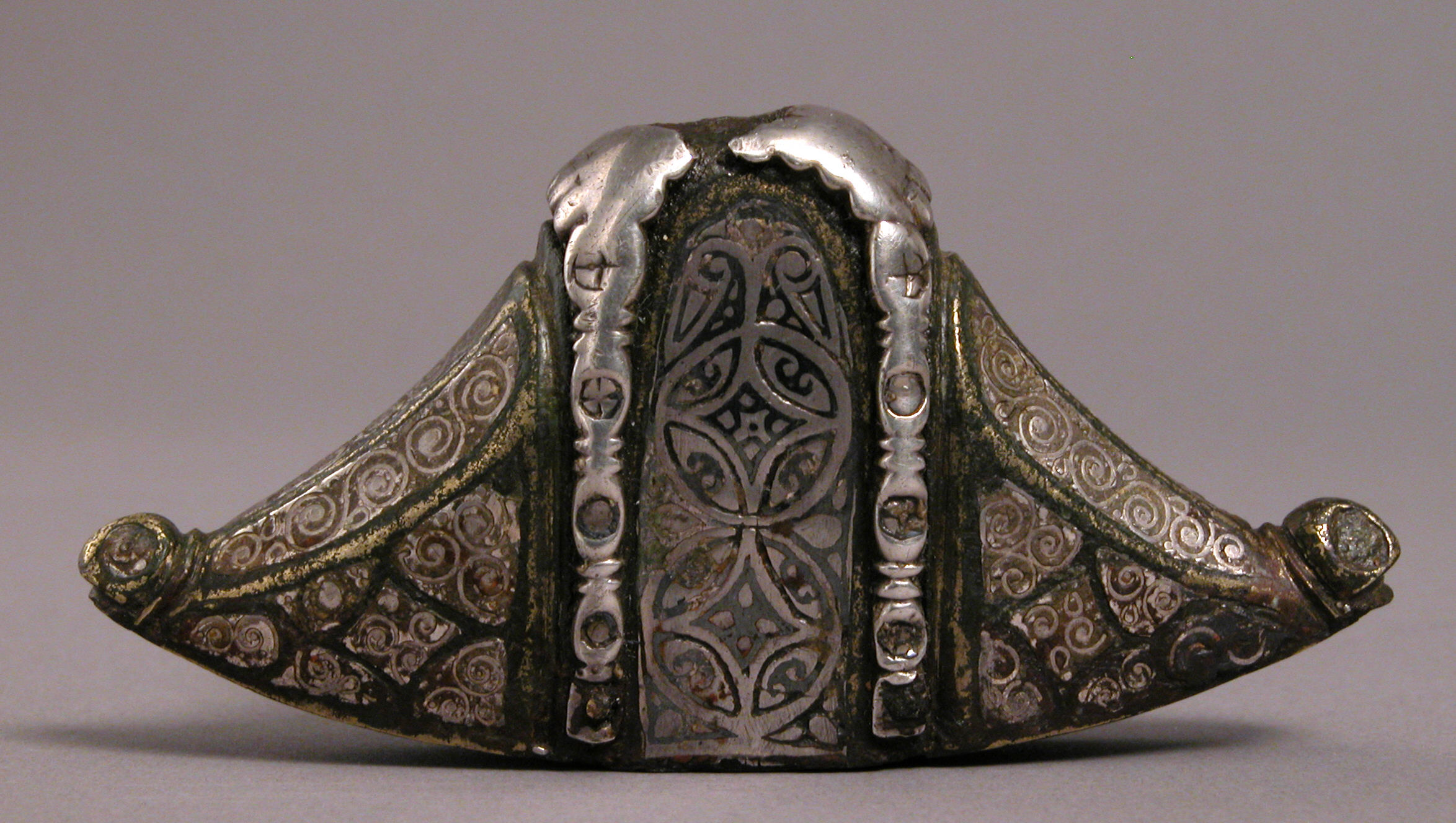As the oldest known poem written in Old English, Beowulf, it had been originally thought the poem was written around 700-1100 years old. That has since been narrowed down between the years 927 and 931 (Thundy, 102). However, the identity of the poet has remained a mystery for scholars. Recent articles have uncovered that the original author might have left clues to their identity, and the deeper meaning, behind. More research claims that the characters and their names are tied to more significant themes and patterns that can be used to learn more about the individual who penned Beowulf (Harris, 414). By using using recent research on the history and meaning of Beowulf, this blog will examine the history, language, and significance of the poem.
To best understand the importance of Beowulf, people need to comprehend its full history. In Sisam’s article, The “Beowulf” Manuscript, the author say that “…certain facts had escaped notice or attention…they are worth while setting out, if only as an indication of the dangers that beset a historical study in which insufficient attention is paid to manuscript indications, often the clearest indications of time and place” (Sisam, 335). Sisam continues by explaining that the manuscript had originally been two codexes, and by comparing the handwriting from each half, he discovered that there were two authors. Information like this is crucial to learning more about Anglo-Saxon language, literature, and culture as a whole so that historical facts may be alined.
One researcher, Zacharias Thundy, suggests that the manuscript had been written by a poet named Wulfgar, a member of King Athelstan’s retainer. He compares Beowulf to similar text where the author created a map with clues throughout the book, Thundy believes that the author of Beowulf had done the same (Thundy, 103). He broke the text into three major episodes and deduced that the foes Beowulf fights off –– Grendel, his mother, and the dragon; represent the Roman empire and the latter, British/Welsh powers that Germans battled, the author suggests the epic poem with allusions to these powers. Thundy believes the poem had originally been performed in a front of nobles and kings, he says that “the poem was not intended for the edification of monks but for the education of princes and nobles who fought and presided over the destinies of nations”. This demonstrates that Beowulf was not only politically charged, as Thundy suggests, but also that the author was educated and had access to leaders.
Language, especially names played a large role in the poem. Specifically, the article says “many characters are named appropriately to their context, indicating their role in the society or their function in the poem” (Harris, 415). Notably, the names in the poem are compounds, two names combined to create a new meaning (Heaney, 31). For example, Harris points out one of Grendel’s first victims, Hondsciõ (meaning ‘glove’) who was used to emphasis Beowulf’s own heroism. The first time Beowulf meets Grendel, the author goes into great detail about Grendel’s hands, “ The captain of evil discovered himself in a handgrip harder than anything he had ever encountered…Fingers were bursting the monster back-tracking, the man overpowering” (Heaney, lines 749- 760). It was in this scene that Hondsciõ was killed by Grendel but was later avenged by Beowulf (also a compound name meaning ‘bee wolf’ or ‘bear’).
Centuries old, Beowulf has continued to enchant readers yet much of the original manuscript’s history remains a mystery; the author, location, and meaning can only be speculated. Recent research has found that there were in fact two main authors, and the manuscript had originally been two codexes who had put together presumably by Sir Robert Cotton. Almost as important as the history is actual language, the poet’s use of compounded names and allusions to both Rome and Germany set the poem apart since it was first published in the tenth century.






